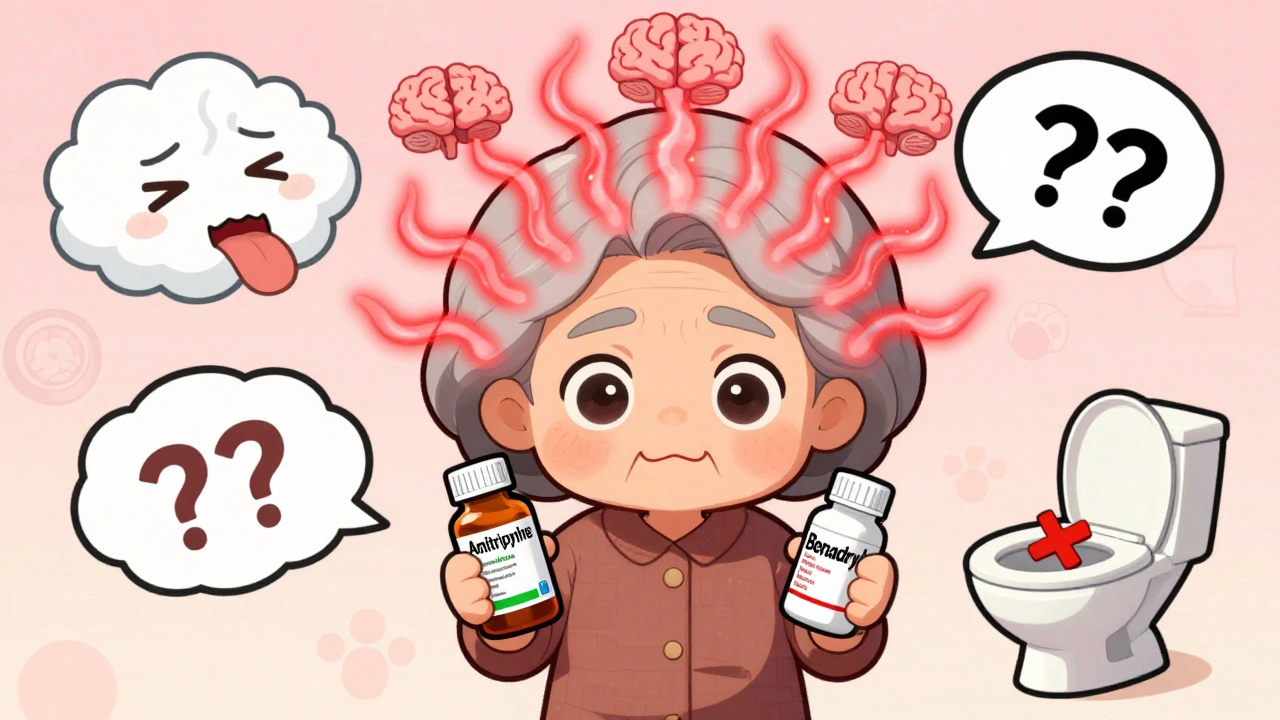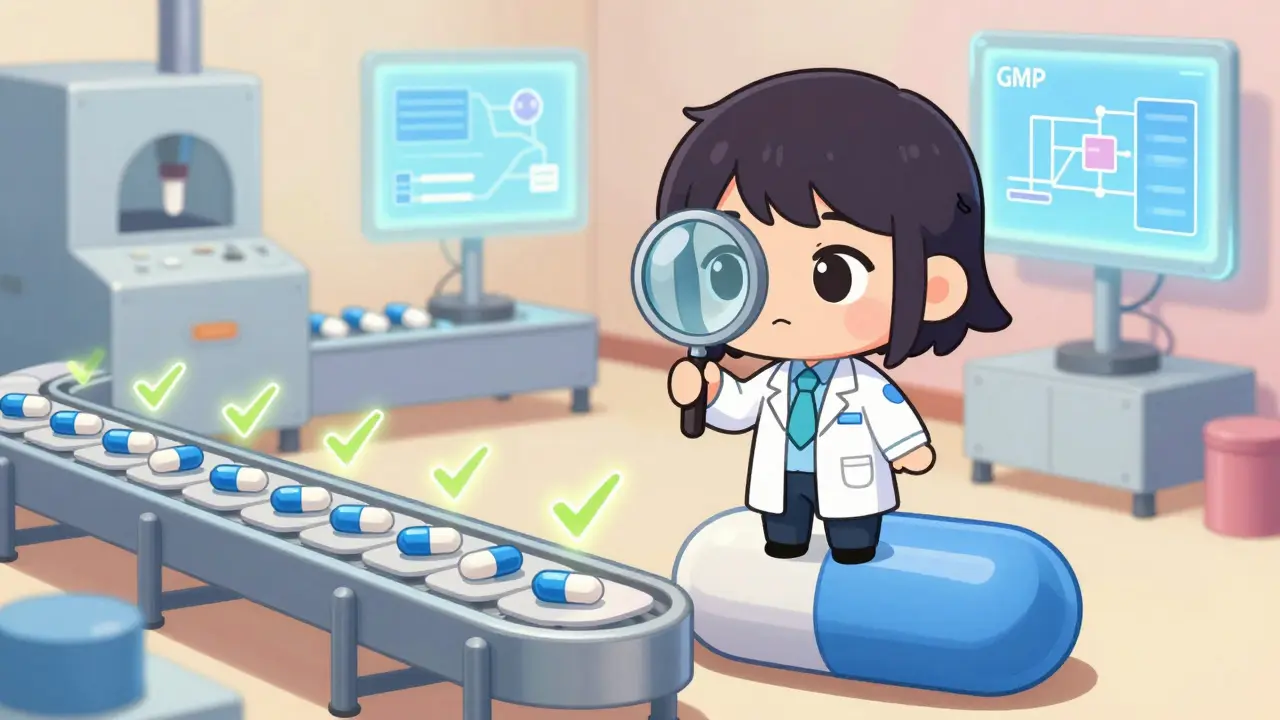Asthma Medication Made Simple: What Works and How to Use It
If you’ve ever had a wheeze or shortness of breath, you know how frustrating asthma can be. The good news is that the right medication can keep attacks at bay and let you live normally. This guide walks you through the common types of asthma meds, when to take them, and what to watch out for.
Rescue inhalers – fast relief when you need it
Rescue inhalers contain short‑acting bronchodilators like albuterol. They relax the airway muscles within minutes, opening up the tubes so air can flow. Keep one handy at all times – in your bag, at work, and in the car. Use two puffs at the first sign of trouble, wait a minute, then repeat if you still feel tight. If symptoms don’t improve after the second round, call a doctor; you may need a stronger dose or a different approach.
Controller meds – keeping the inflammation down
Controller medications work behind the scenes to stop inflammation from building up. The most common are inhaled corticosteroids (ICS) such as fluticasone or budesonide. You usually use them daily, even when you feel fine, because they reduce the long‑term swelling that causes attacks. Some people combine an ICS with a long‑acting bronchodilator (LABA) for extra protection. It can take a week or two to notice the full benefit, so stick with the schedule and don’t skip doses.
Other controller options include leukotriene receptor antagonists (like montelukast) taken as a pill, and the newer biologic injections for severe cases. These target specific pathways in the immune system and are prescribed when inhalers alone aren’t enough.
Here are a few quick tips to get the most out of your meds:
- Use a spacer with your inhaler – it helps the drug reach deeper into the lungs and reduces throat irritation.
- Rinse your mouth after each dose of an inhaled steroid to prevent fungus growth (oral thrush).
- Set reminders on your phone so you never miss a daily dose.
- Keep an up‑to‑date asthma action plan that lists when to use rescue vs. controller meds.
Side‑effects are usually mild. Inhaled steroids may cause a hoarse voice or a sore throat, but a quick rinse solves most problems. Long‑acting bronchodilators can sometimes cause a shaky feeling; if it’s severe, talk to your doctor about adjusting the dose.
Remember, medication works best when it’s paired with good trigger management. Identify allergens, avoid smoke, and stay on top of any infections. If you notice more frequent use of your rescue inhaler (more than twice a week), it’s a sign your controller plan needs tweaking.
Asthma doesn’t have to control your life. With the right mix of rescue and controller medicines, plus a few practical habits, you can breathe easier and keep attacks in the rear‑view mirror.





